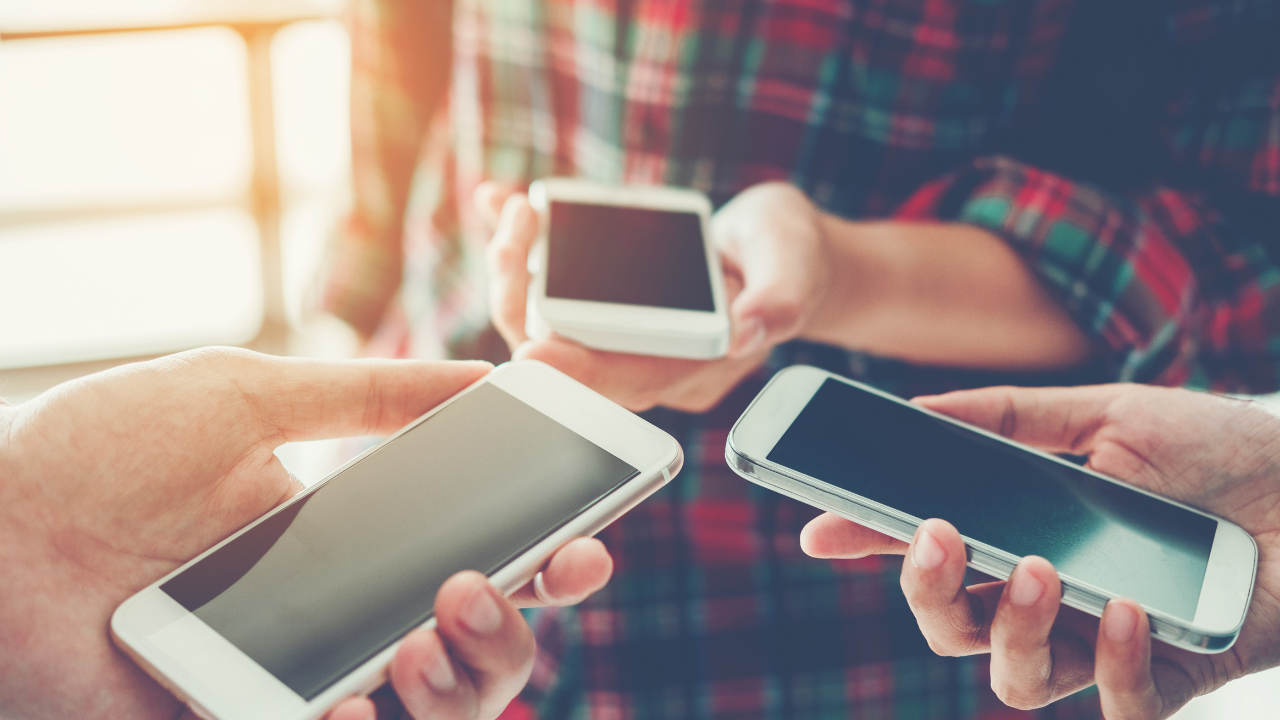Understanding Eligibility for Lifeline
Income-Based Eligibility
To qualify for the Lifeline Program, applicants primarily need to meet specific income requirements. The FCC establishes income eligibility criteria based on the federal poverty guidelines, which are revised annually. As a general rule, to qualify for Lifeline, a household's income must be at or below 135% of the poverty line. For example, as of 2023, for a family of four, the maximum annual income to qualify would be approximately $38,000. It’s crucial to reference the most up-to-date poverty guidelines on the FCC's website or other reputable sources.
Program-Based Eligibility
In addition to income, an individual or household can qualify based on participation in qualifying government assistance programs. Some of the major programs include the Supplemental Nutrition Assistance Program (SNAP), Medicaid, Supplemental Security Income (SSI), Federal Public Housing Assistance (FPHA), and the Veterans Pension. Furthermore, there are specific programs designed for individuals living on Tribal lands, such as the Tribal Temporary Assistance for Needy Families (TANF) program. If you're currently receiving assistance through any of these programs, you automatically meet the eligibility requirements for Lifeline.
Household Composition
The FCC defines a household as any group of individuals living together who share income and expenses. Understanding this definition can help applicants determine their eligibility based on household size. For instance, a household that includes several generations might have a total income that remains within the qualifying parameters, even if some individual members earn more than the threshold. It’s essential to be thorough in assessing your situation to ensure all eligible household members are considered during the application process.
Implications of Ineligibility
If you find that you do not qualify for the Lifeline Program, it’s important to explore alternative options available for affordable internet and phone services. Numerous local and regional providers may offer discounted plans aimed at low-income families. Additionally, many community organizations and nonprofits provide digital literacy training and other assistance to help individuals access affordable internet, creating paths to educational and economic opportunities.

Next Page
You May Also Like
-

The Benefits of Free Tablets for Students and How to Get One
Benefits of free tablets for students and how to get one. Enhance learning, improve digital literacy, support accessibility, boost engagement, and foster creativity.
-

How Residents in HUD Housing Can Get Free Internet
How HUD housing residents can access free or low-cost internet. Explore government programs, nonprofit resources, affordable providers, and practical steps for securing internet access.
-

Seasonal Promotions: When to Look for Free Cell Phones and Tablets
Popular Blog
-

Affordable Alternatives When You Don’t Qualify for Free Government Phones in the U.S.
Don’t qualify for a free government phone like Lifeline? This article explores affordable options for staying connected. Discover prepaid plans, discounted deals, the used phone market, and how to leverage free Wi-Fi and community resources to maintain essential communication on a budget.
-

How to Get a Free Tablet from Government Programs
In this article, we’ll explore these programs, the types of tablets you can get, and the carriers currently participating in these initiatives.
-

How to Check Your Eligibility for Free Cell Phones and Services
Learn how to check your eligibility for free cell phones and services through programs like Lifeline and ACP. Discover income-based requirements, application steps, and benefits.





